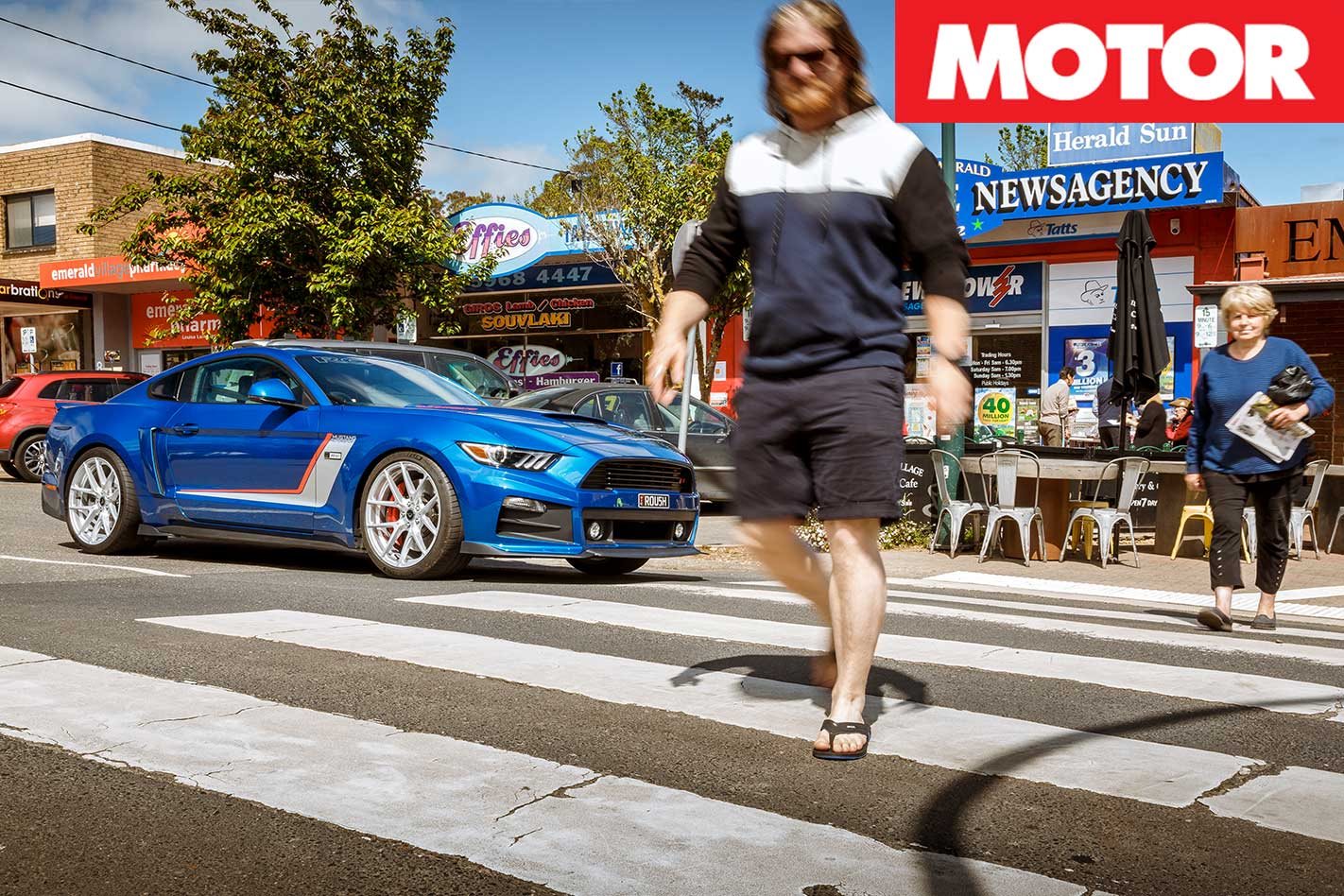If, as the rest of car-loving Australia has been, you’ve been following the Mustang phenomenon, you’ll know that Motor devoted this year’s annual Hot Tuner hoot-nanny to this very vehicle.
You will also, therefore, be aware that this car, the Mustang Motorsport R727 took home the silverware when the sums were added up, the tanks refilled for the drive home and the busted bits and pieces from some of the other contenders were shovelled up and binned. The R727 was not only right at the top of the Hot Tuner results for acceleration and lap times, it was crushingly effective in the way it got there.
A low 12-second quarter speaks volumes, but so did the racetrack-friendly tyres and the competition-spec pads on board at the time. And, of course, that’s how Hot Tuner is traditionally won: you fit track-smart gear and hand out a big can of ass-whoop to anybody else who shows up.
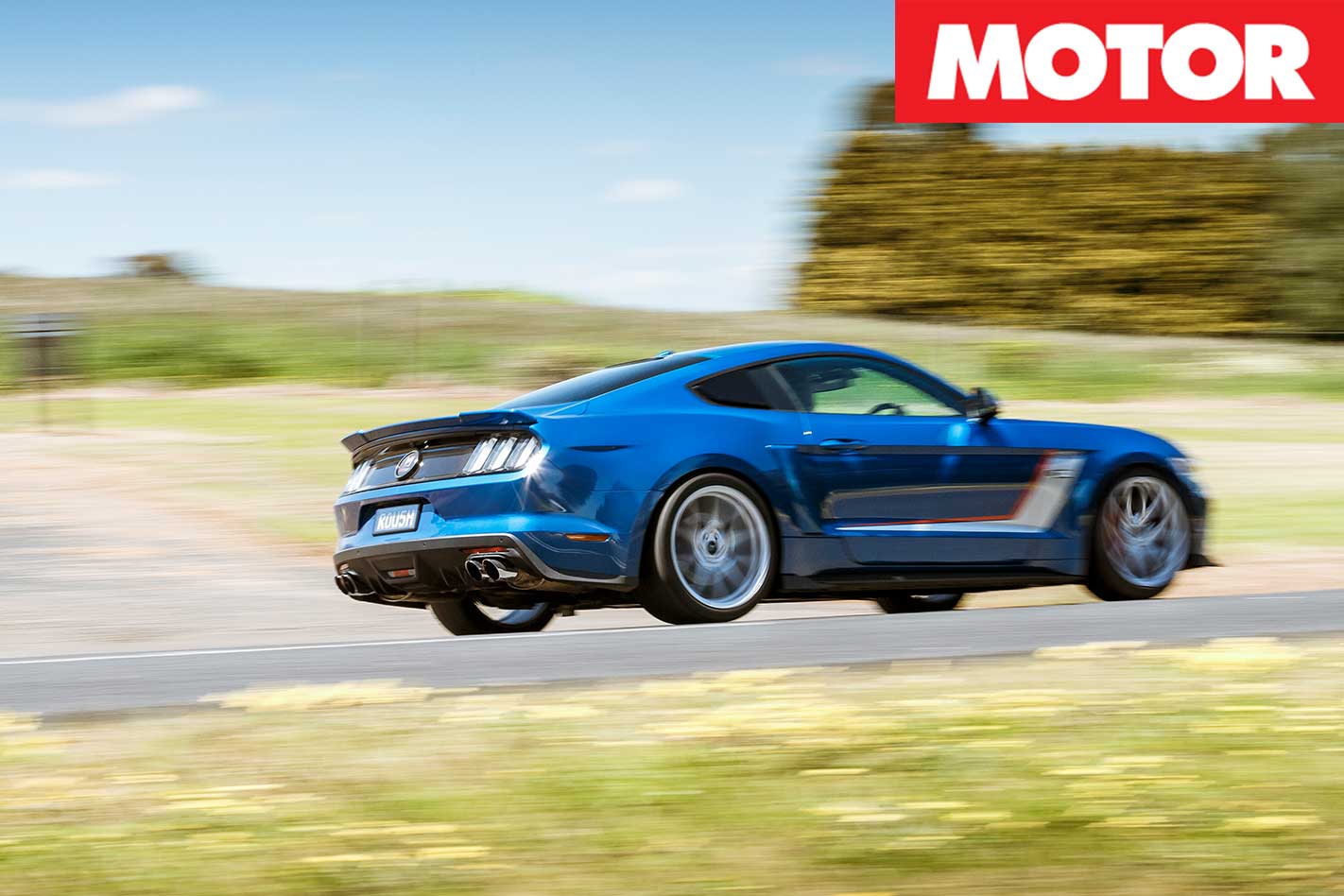
Or, to put it another way, is the racy Mustang Motorsport R727 a viable proposition in the world of speed humps, speed limits and snoozers in SUVs? Or is it a real-world turkey that wants to divide its time between killing you and annoying others?
In the interests of such pure scientific endeavour, we managed to borrow the very same R727 that ran at Hot Tuner and took it for an extended drive, both through the ’burbs and into the bits of Australia where cows outnumber Mustangs. So, the first thing to check is what bits of the R727 that made it such a Winton weapon have been changed.
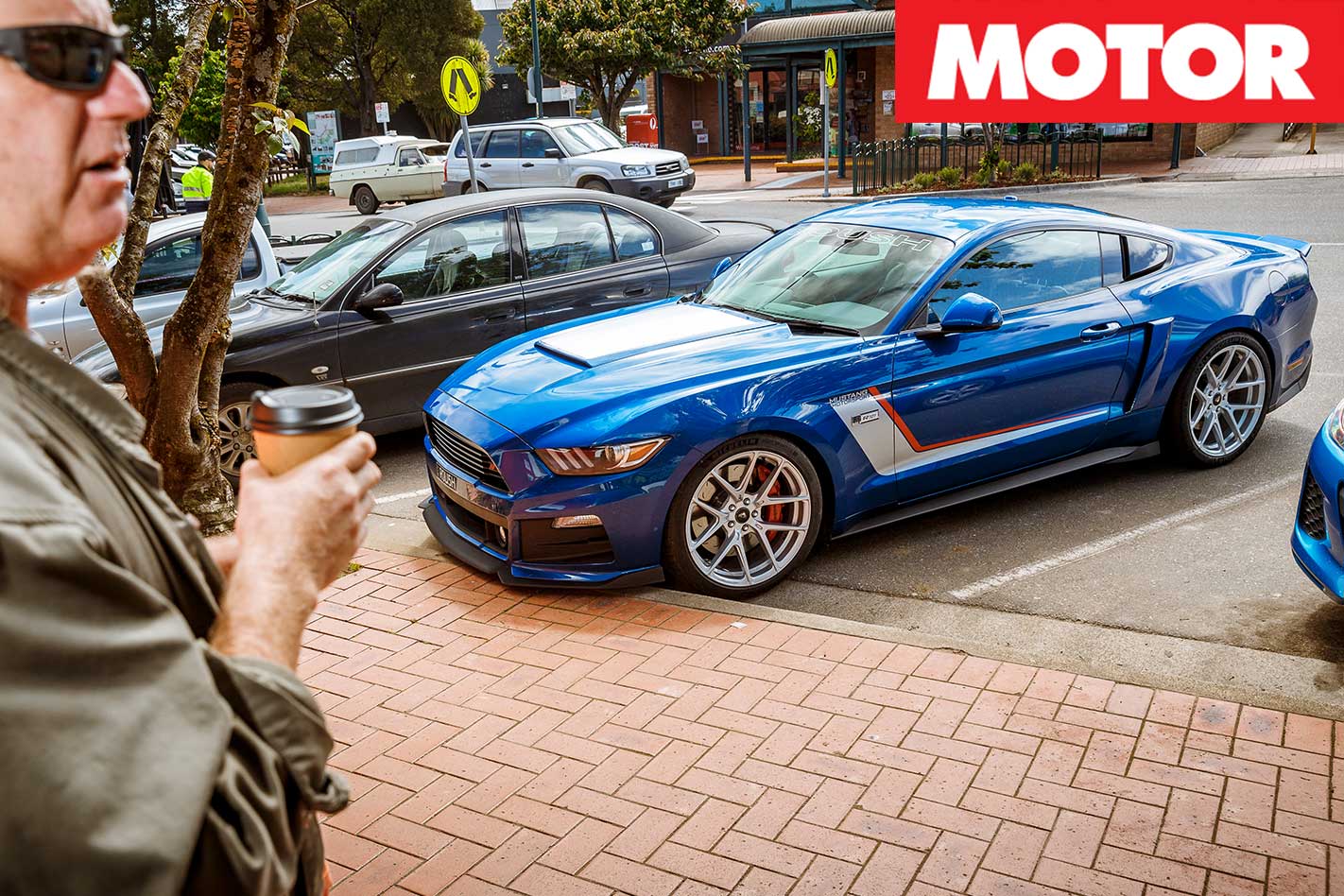
The front hoops have been changed to a more road-friendly compound, but still have ‘Michelin’ moulded into the sidewall, and still measure a monster 275/35 20 (305/30s out back) so they continue to utterly fill the guards.
Also, you no longer need heat in the front tyres to get the car to bite and, had it been raining, we probably would have been even happier (certainly more relieved) with this particular change. The only catch is some serious road noise on coarse-chip surfaces. Although it has to be said that the Michelins are hardly on their own there.
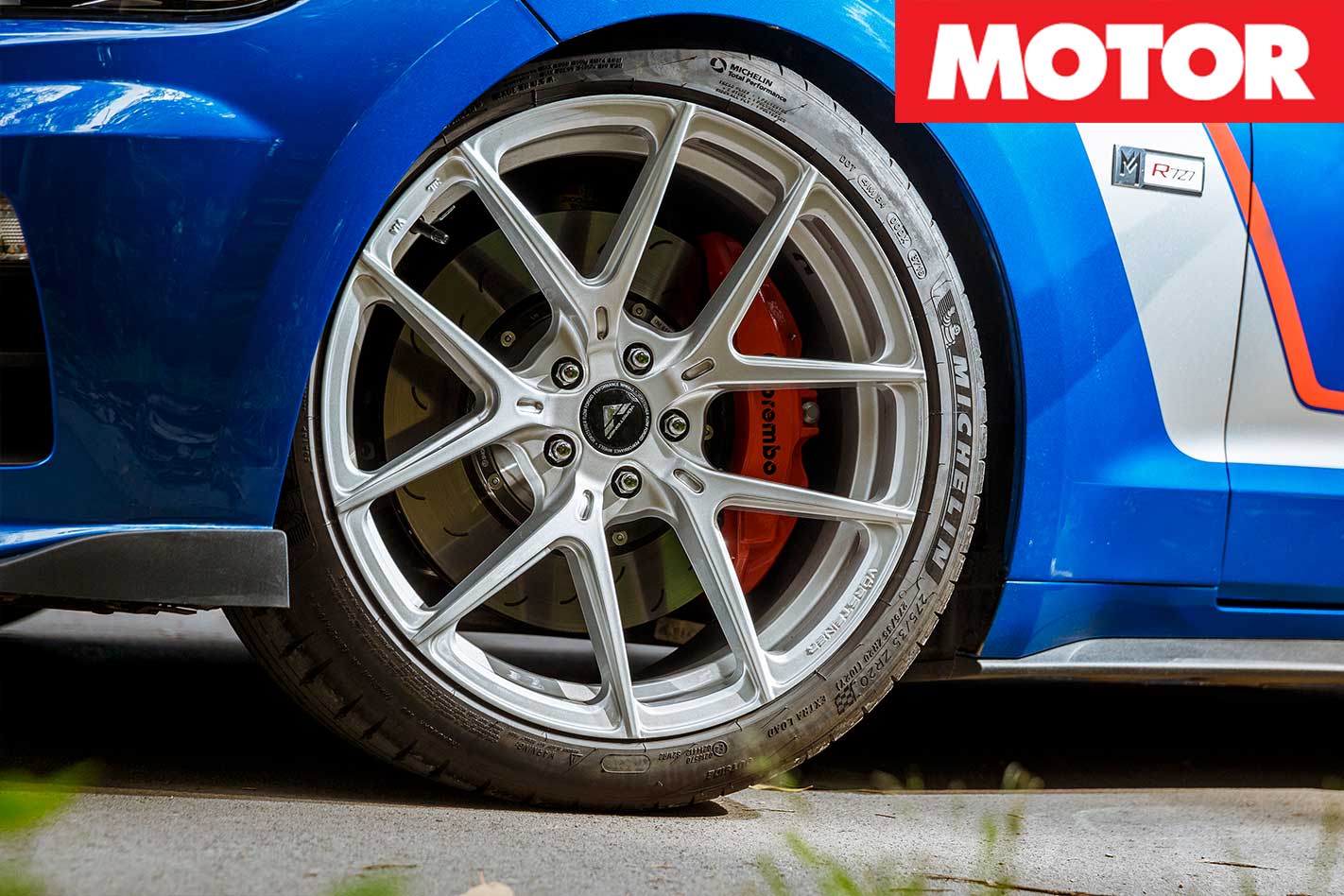
While you can’t fault the race-compound pads for hauling you down during multiple laps of Winton, they did feel and sound kind of grainy and, if you’re going hard enough on the road to require the stop-after-stop performance of the race items, you yourself probably want locking up. So no problems with that change.
Secondly, since the need for ultimate corner speed is replaced, in any decent road car, by a requirement for a combination of grip, stability, feel and feedback, the car got a new set of front-end alignment settings. Combine the new alignment with the different front tyre and it should transform a car that, at Winton, didn’t want to tell you a whole lot about what it was up to. A bit like a sulking teenager.

The mechanical basis is Mustang Motorsport’s Level 4 package which gets you a total of 543kW, courtesy of a Roush supercharger and an exhaust system also from the House of Roush. Local suspension geniuses Shockworks supply a set of coil-overs which are adjustable and, in this case, have been backed off to their comfort setting in the interests of making for a proper road car. Yes, it’s another change, but it’s easily reversible at the track, so we’ll let that one slide.
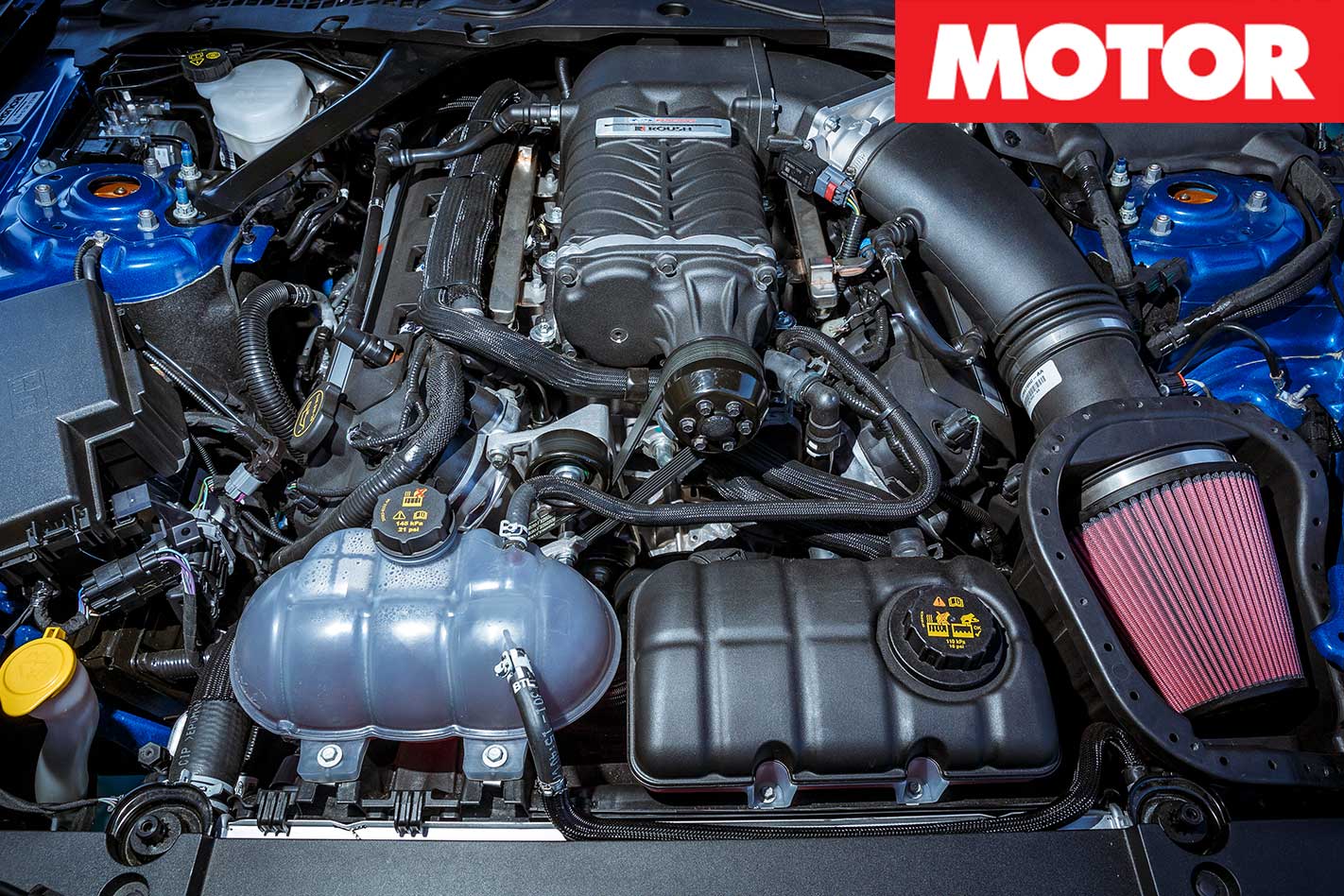
If you don’t want the frills and bells, then your spend to this point has been a neat $24,250 provided you stick with the stock brakes and tyres, but the R727 is a bit more special than that and incorporates a retrimmed interior, the 20 x 10-inch and 11-inch (rear) alloys and even the steering wheel from the Stateside GT350. Put it all together and you’re looking at around $56,000 over and above your Mustang GT auto. And we’ve gotta say, that interior does make things a bit more comfy for a longer trip.
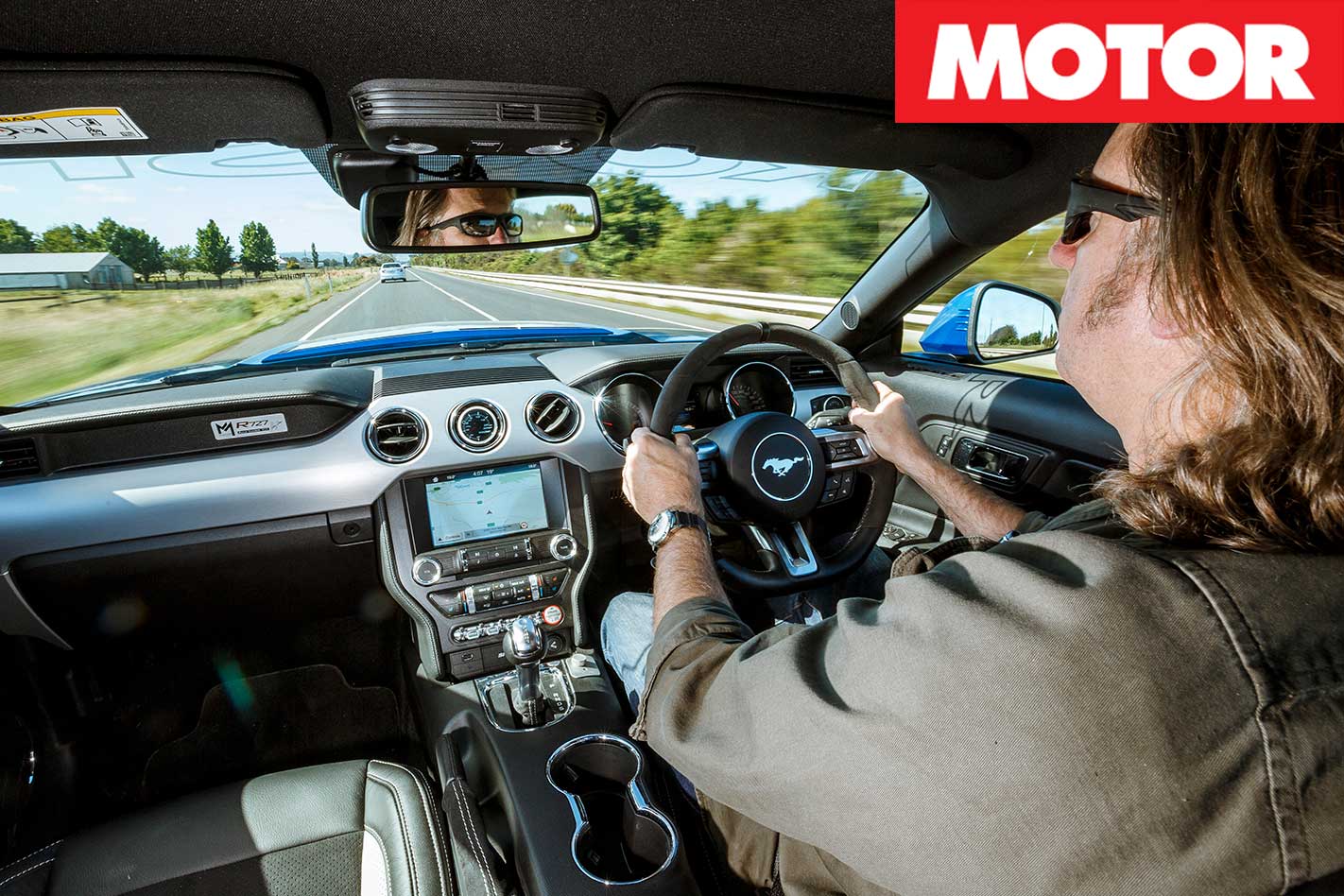
The engine is the gift that truly keeps on giving. The active Roush exhaust means you can sneak away first thing in the morning without returning home to find your neighbour’s garbage on your lawn. Or you can open the valve and just soak up what is a very sophisticated racket. You can even open and close the valve remotely via a phone app – apparently. Although why you’d want to fiddle with the zorst when you’re not around to hear it is the big question for me.
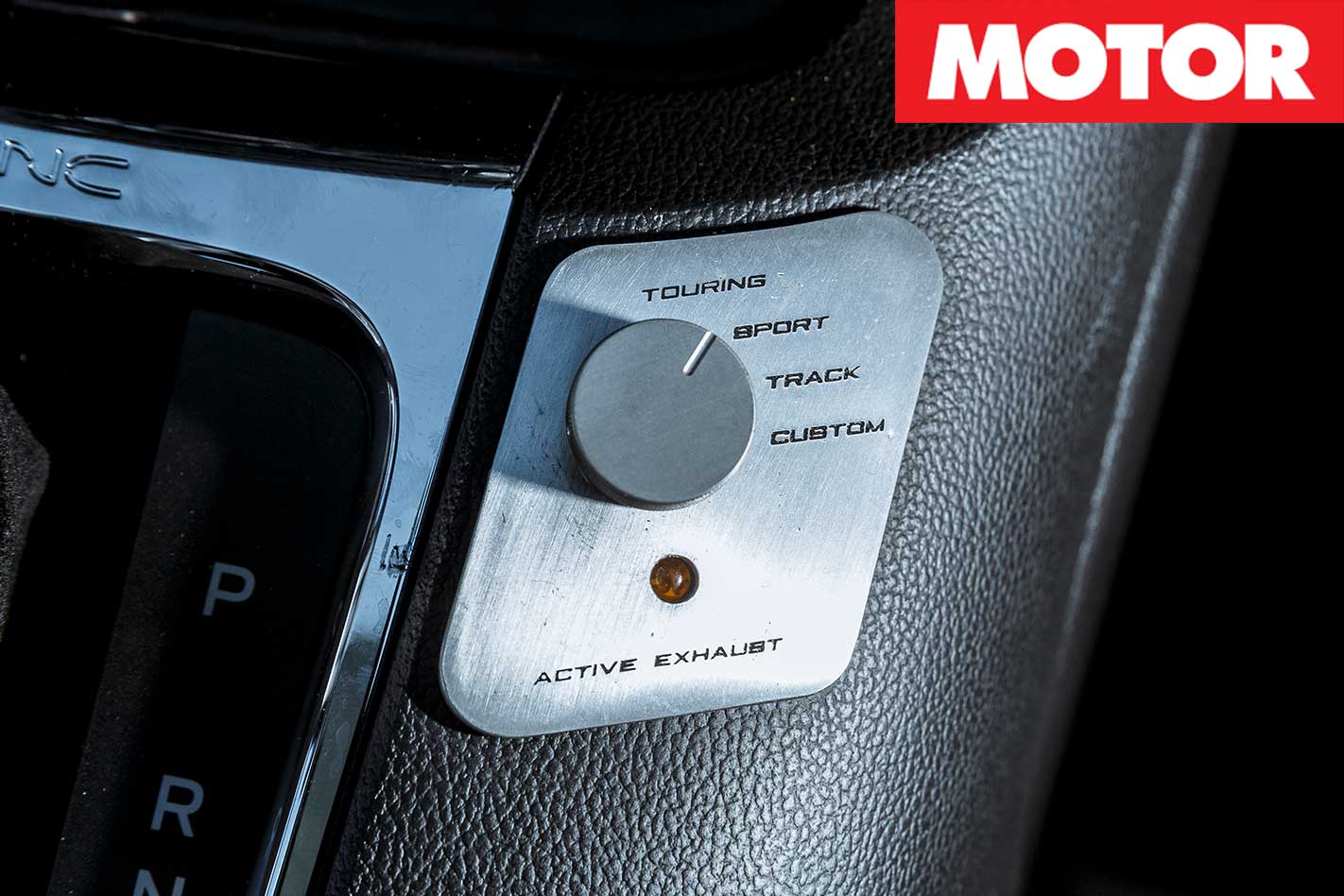
The Roush retune of the trans has made it a bit too savage in Sport or Track, particularly when you step off a light pedal application at a low speed, at which point the throttle seems to snap shut too abruptly. Switching to Normal fixes it, though, so no harm, no foul. And all the while, the engine pours on the grunt in a way that agrees with the concept of progression.
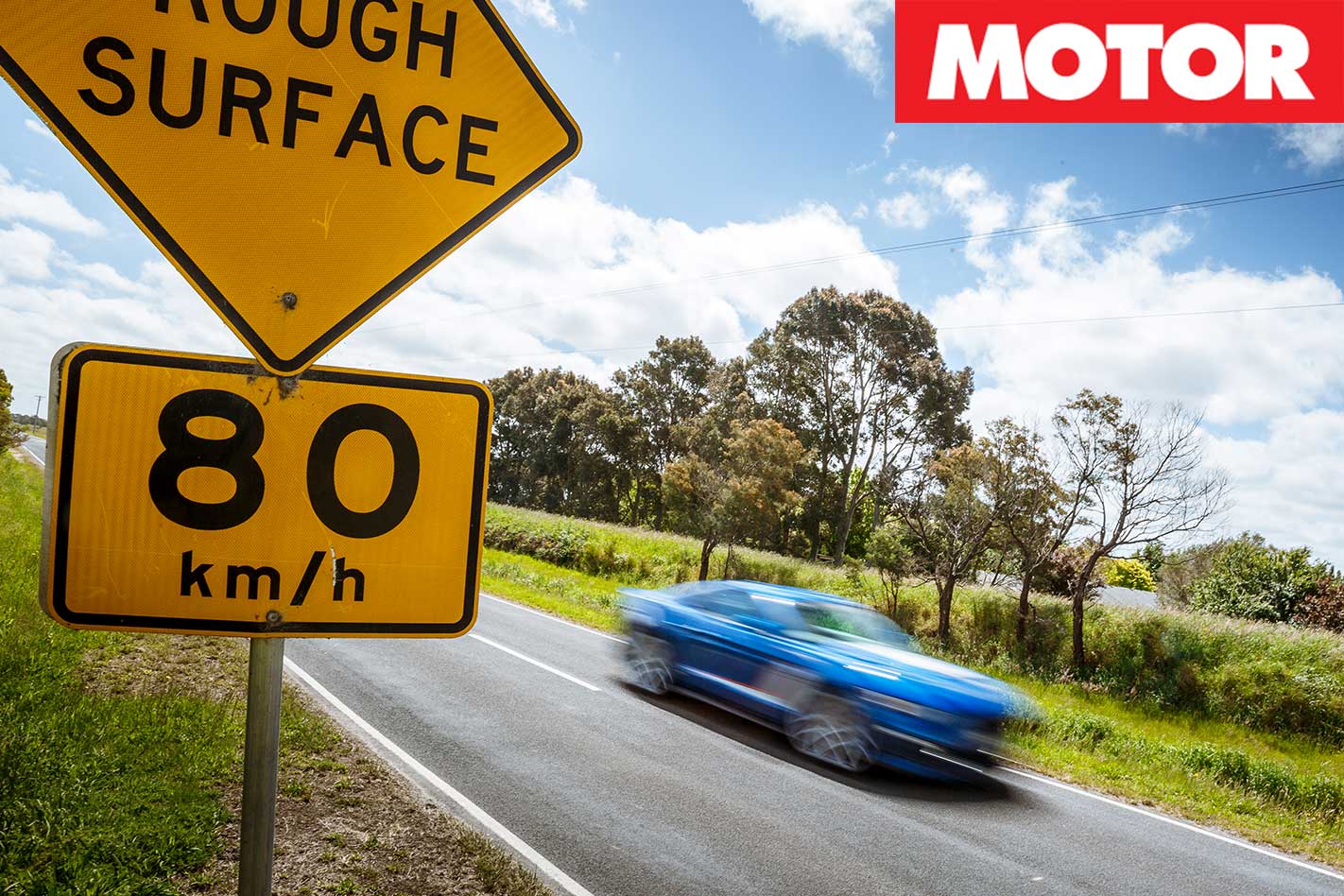
With the coil-overs in Comfort, the Mustang rides remarkably well. In fact, we’d say it’s even comfier than a stocker, with less pitch, more control and less roll with just a bit more head-toss reaction in the cabin as a result of the improved lateral grip. And the new wheel alignment settings have eradicated the feeling at Winton that you were missing the mid-corner news bulletins. You still get that trademark Mustang feeling of having an awful lot of bonnet in front of you, but with the fresh angles, you now have a much better idea of what’s happening beyond the bonnet scoop.
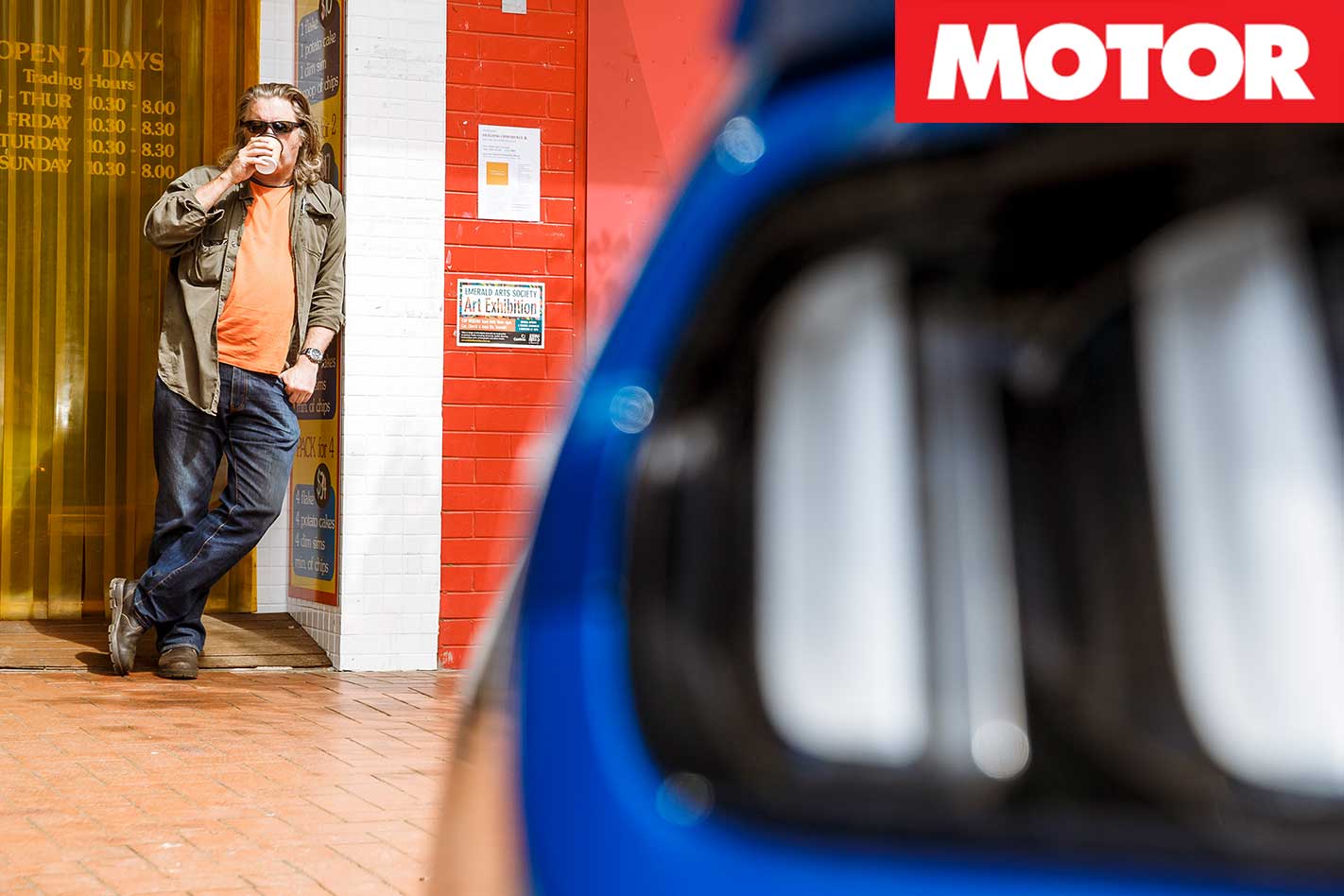
Retaining factory levels of civility and driveability is all the rage right now, and rightly so. If you can build performance without trading off liveability, then that performance comes at a reduced cost. Beyond a slight stumble now and then when flicking between Reverse and Drive (a function of the new Roush engine calibration) I really couldn’t fault the thing provided I remembered the Normal driving mode thing. And when you consider the potential within, that’s really saying something.
Could I live with it? Hell yeah!

Pros: Ease of use as a daily; epic grunt; handling Cons: Tyre noise; body kit for everyday use; auto
Star Rating: 4 out of 5 stars

